The classic Doctor Who story ‘The Talons of Weng-Chiang’ is often cited as a fan favourite. But what is it about this adventure that makes it so popular?
‘The Talons of Weng-Chiang’ came at the tail end of one of Doctor Who‘s most successful eras, both in terms of viewing figures and audience appreciation. At the time of broadcast, Tom Baker had been playing the eponymous Time Lord for three years and, under the leadership of producer Philip Hinchcliffe, had led Doctor Who into a new era of popularity. His eccentric, scarf-wearing persona had resonated with the public, as had his rapport with long-time companion Sarah Jane Smith.
And although Sarah Jane had departed by the time ‘The Talons of Weng-Chiang’ aired, fans were quickly getting used to the ‘savage’ Leela played by Louise Jameson. Described by Jameson as “very uneducated but highly intelligent,” Leela was a feisty, warrior-like companion from an alien tribe. She had a very different outlook from the Doctor, preferring to kill first and ask questions later, and ‘The Talons of Weng-Chiang’ is the perfect example of how her unique outlook complemented the (somewhat more passive) Time Lord.
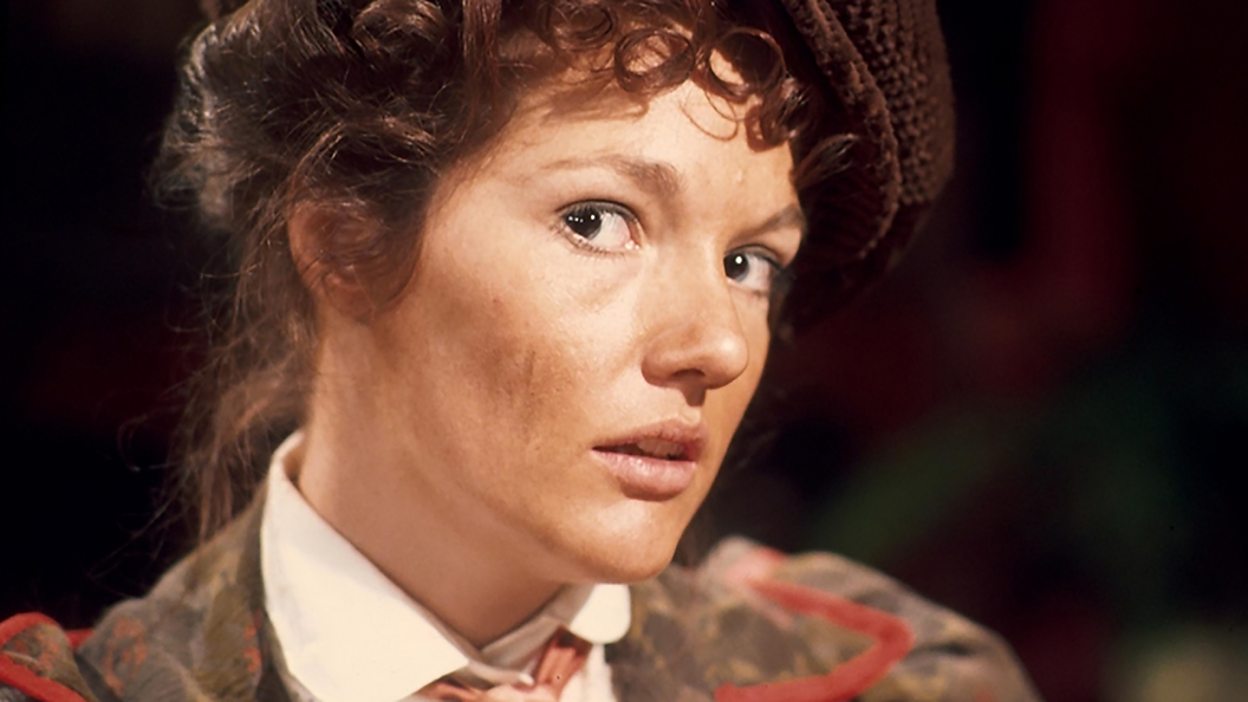
Indeed, Leela was not one to trip over her own feet or scream helplessly as a monster approached her at three miles per hour. She was a fighter, and often took matters into her own hands, ‘The Talons of Weng-Chiang’ being no exception. For example, she thinks nothing of infiltrating the villain’s lair in the sewers beneath London, or taking on a knife-wielding robot before somersaulting through a plate-glass window. ‘The Talons of Weng-Chiang,’ if nothing else, sets the stage perfectly for a more action-oriented companion, and Leela’s courage brings a certain energy to the adventure that might not have been present with a different character.
Of course, it falls to the writer to take full advantage of the show’s cast, and it just so happens that ‘The Talons of Weng-Chiang’ was written by one of the greatest Doctor Who scribes of all time, Robert Holmes. Holmes had been writing for the series since the Second Doctor’s era, and knew it intimately. Moreover, he had proved time and again that he had a skill for storytelling, and some of his previous adventures such as ‘Spearhead From Space‘ and ‘Pyramids of Mars’ had gone down extremely well with the public.
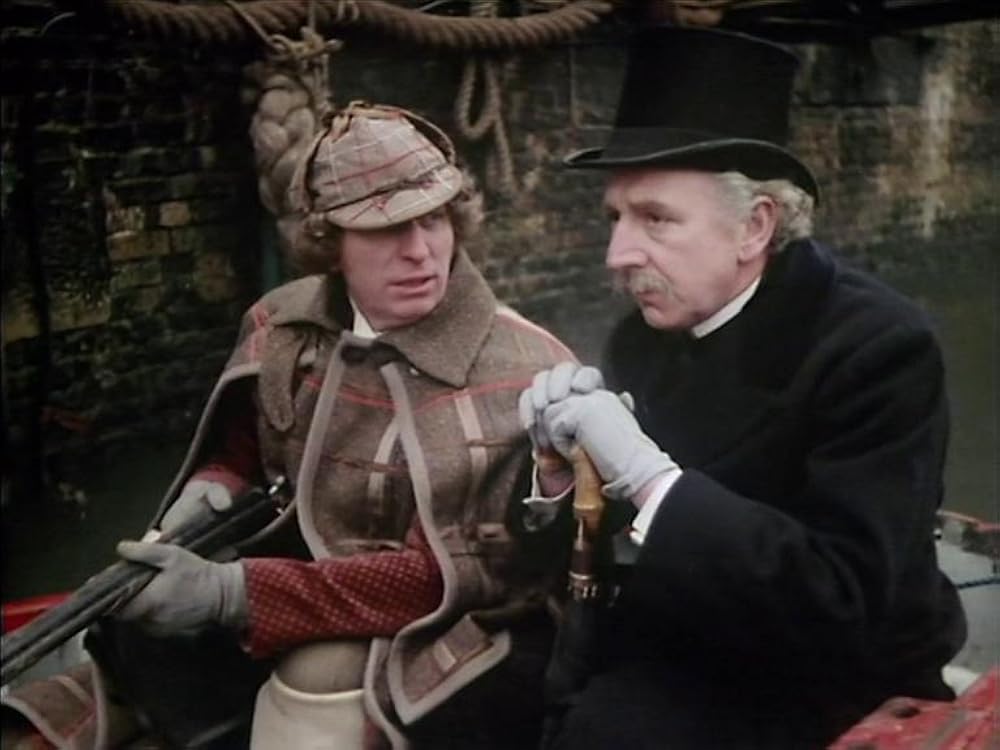
Fortunately, the BBC recognised Robert Holmes’ talent and made him Doctor Who‘s script editor from Season 12 onwards. This was a well-timed appointment, as he was paired with incoming producer Philip Hinchcliffe, and the two men quickly formed a strong working relationship, bolstered by a shared vision for the programme which was steeped in gothic horror and took great inspiration from other well-known genres and stories such as Frankenstein and the Hammer Horror films.
‘The Talons of Weng-Chiang,’ meanwhile, was inspired by the Sherlock Holmes adventures by Sir Arthur Conan Doyle, and was set in the swirling fog of Victorian London. The Doctor even dressed in a deerstalker and cape, shamelessly ‘playing detective’ as he investigated the mystery of the missing girls.
Naturally, with this being Doctor Who, the mystery transpired to be alien in origin. A time traveller from the 51st century is searching for his missing time machine, and he’s using the life essence of kidnapped girls to sustain his dying body, all the while posing as a Chinese god and using a corrupt stage magician to do his bidding, aided by a robotic ventriloquist’s dummy which he brought with him from the future. Keeping up?
It may sound complicated but, in reality, the story is laid-out in a well-paced, logical manner, and it’s this pacing that is one of the strengths of ‘The Talons of Weng-Chiang.’ Rarely for a six part Doctor Who story, the adventure never treads water; it gains momentum from its first episode, and that momentum keeps on building. The phrase “never a dull moment” has never been truer here; it’s skilfully written, and a testament to Robert Holmes‘ abilities.
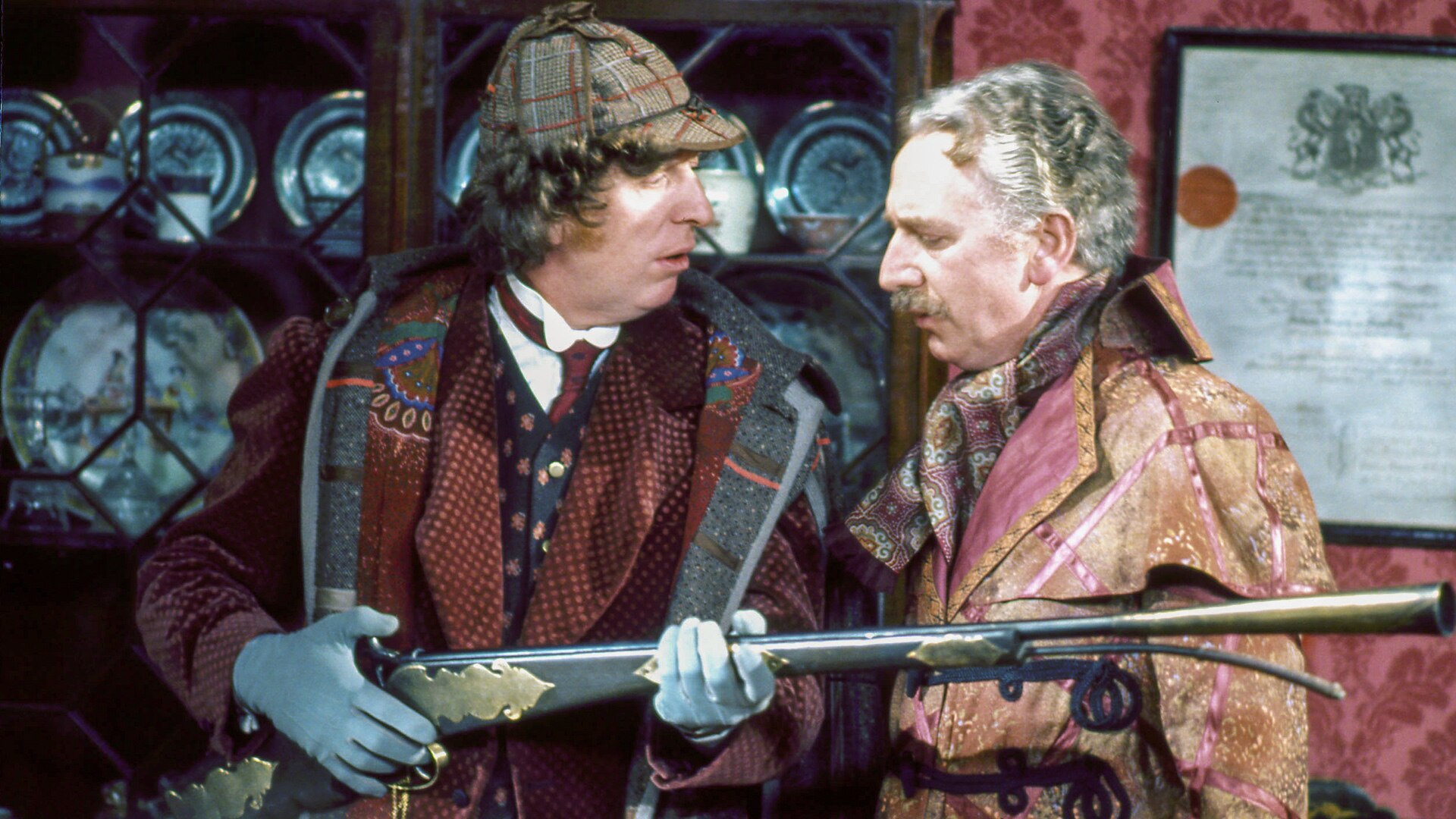
And whilst ‘The Talons of Weng-Chiang’ deals with some disturbing subject matter, it still manages to be fun. Again, this was something that Holmes had a knack for: injecting humour into his stories, usually through the interplay of his characters. His signature writing technique was that of the ‘double act’; Holmes liked to pair off his characters and send them on their own adventures, and there are plenty of entertaining double acts to be found in ‘The Talons of Weng-Chiang.’
Arguably, the most famous of these is the pairing of theatre owner Henry Gordon Jago and police pathologist Professor Litefoot. The two characters couldn’t be more different from each other, but their dealings with the Doctor cause their paths to cross in the final act of the story. The two men resolve to investigate the growing mystery for themselves, and become something of a Sherlock Holmes / Doctor Watson partnership as they set off in pursuit of the so-called Weng-Chiang.
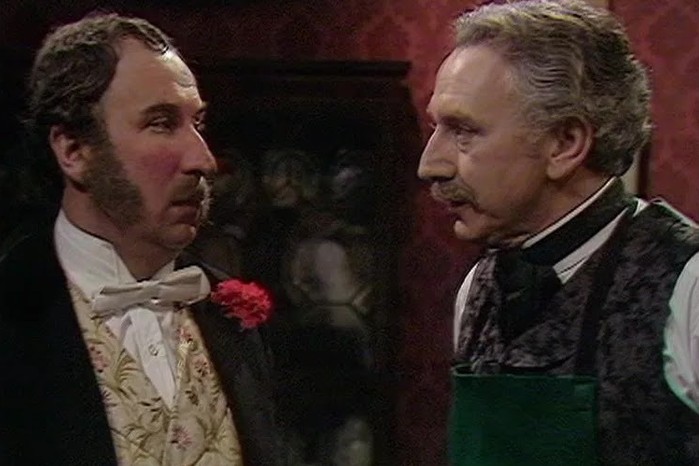
In fact, so successful was this partnership that the BBC considered giving Jago and Litefoot their own spin-off series, and although nothing came of this during Doctor Who‘s classic run, the idea was later adopted by the audio production company Big Finish, who went on to produce some 10 seasons of Jago and Litefoot: Infernal Investigators, starring the original actors Christopher Benjamin and Trevor Baxter.
All in all, though, it’s hard to pin the success of ‘The Talons of Weng-Chiang’ on one particular element. Like all good Doctor Who stories, its success lies in the harmonious combination of a number of factors; it was a rare case of everything effortlessly coming together: the concept, the script, the actors, the production design, the time at which it was made…
Sadly, it would prove to be the last Doctor Who adventure to be overseen by Philip Hinchcliffe, but in a way it’s fitting that his final contribution to the series is one of the greatest of all time.
What do you love most about ‘The Talons of Weng-Chiang’? And why do you think its popularity has endured? Let us know in the comments below.








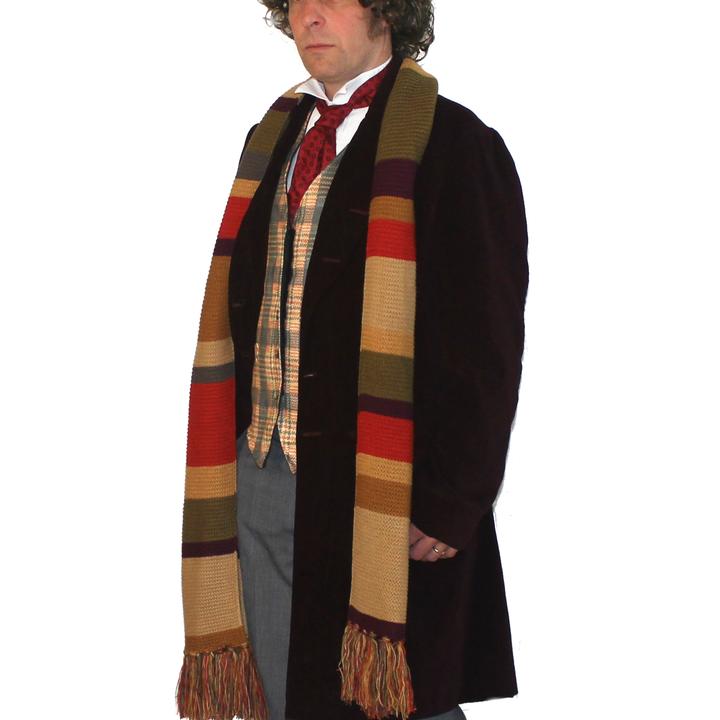
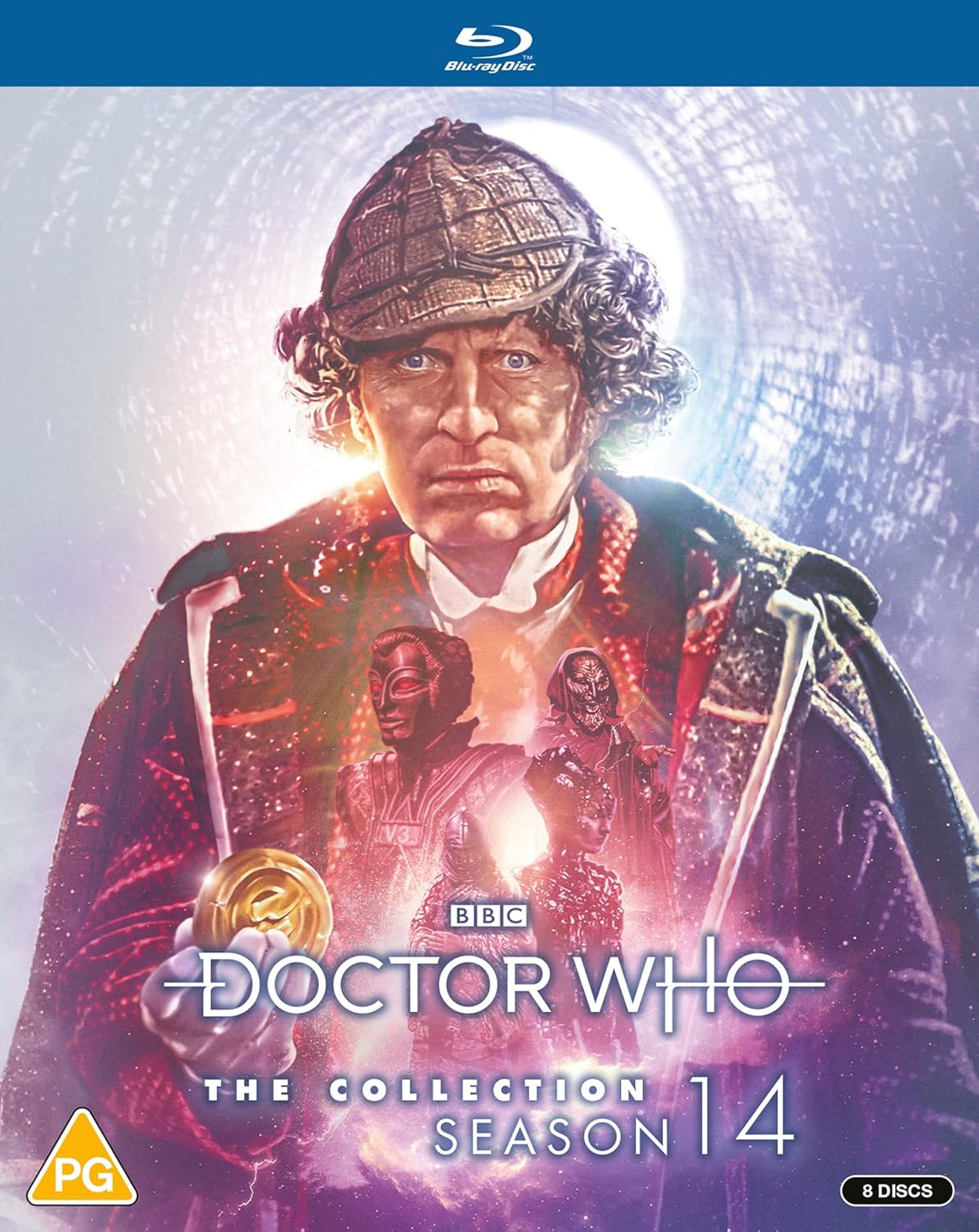
Leave a Reply